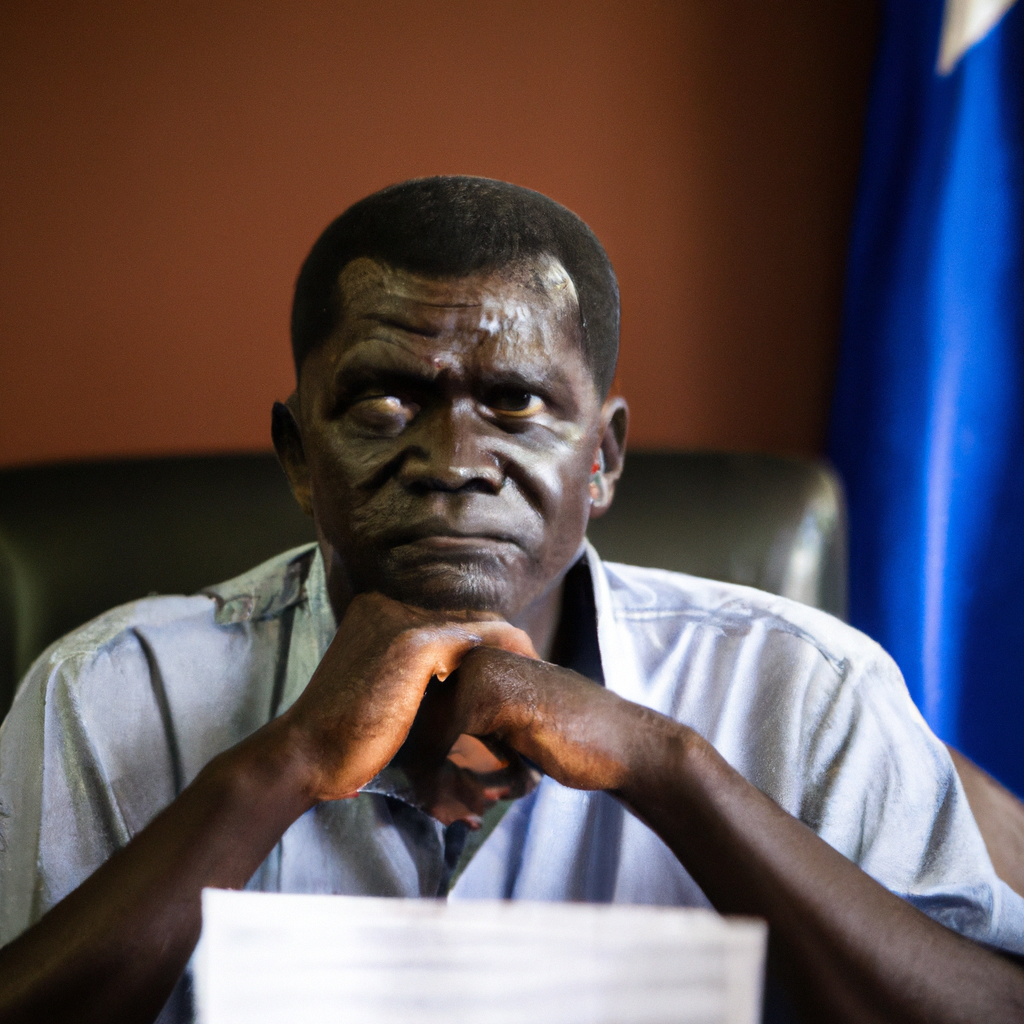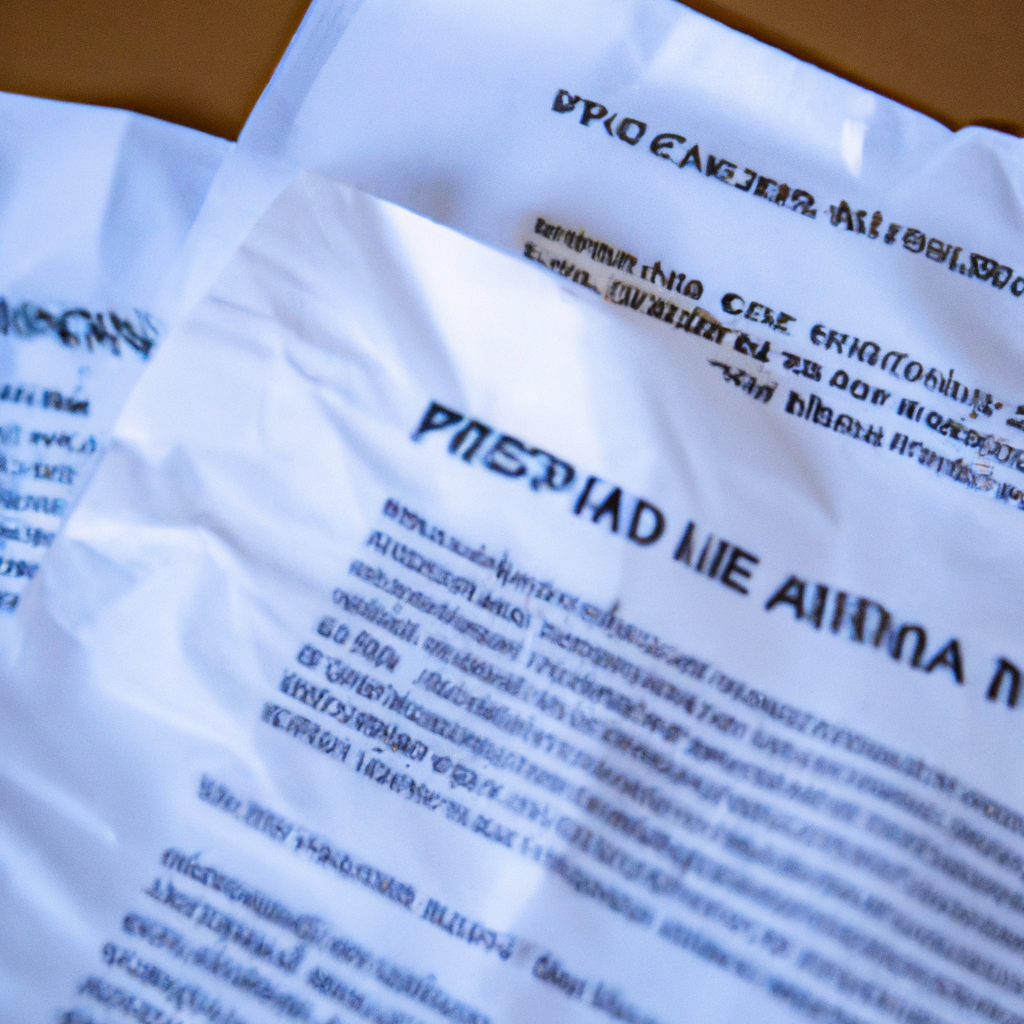A widely shared image purporting to show Dr. Kizza Besigye leading a recent protest in Kampala is, in fact, an old photograph. The image, which has been circulating on social media platforms like WhatsApp and X (formerly Twitter), depicts a large crowd following Besigye. Fact-checking reveals the photo was taken several years ago during one of his numerous political rallies. This misinformation highlights the challenges of verifying online content, especially in politically charged environments. It also underscores the potential for old images to be weaponized to create false narratives.
Image Origins
The image in question shows Besigye, a prominent opposition figure in Uganda, seemingly at the head of a large demonstration. Several social media users and online blogs quickly shared it, claiming it represented a current protest against the government. However, a reverse image search using tools like Google Images and TinEye revealed that the photo dates back to at least 2016. The original context was a Forum for Democratic Change (FDC) rally during the presidential election campaigns.
Spread of Misinformation
The speed at which this image spread highlights how easily misinformation can propagate online. The lack of proper verification mechanisms on social media platforms allows such images to gain traction quickly. This is particularly concerning in Uganda, where access to reliable information can be limited, and political tensions are often high. The image was shared on multiple WhatsApp groups, a common medium for news dissemination in Uganda, further amplifying its reach.
Political Context in Uganda
Uganda has a history of political tension, particularly around election periods. Dr. Besigye, a four-time presidential candidate, has been a central figure in challenging the ruling National Resistance Movement (NRM). His political activities have often been met with police intervention, leading to frequent clashes and arrests. This history makes claims of new protests led by Besigye particularly believable to some segments of the population. The current political climate makes it easier for falsified content to be accepted without scrutiny.
Fact-Checking Efforts
Several Ugandan journalists and fact-checking organizations have debunked the claim associated with the image. They have used reverse image searches and contacted individuals familiar with Besigye’s past campaigns to confirm the photo’s origins. These efforts highlight the crucial role of fact-checkers in combating the spread of misinformation in Uganda. However, the challenge remains in reaching a wider audience before the false narrative takes root.
Impact of False Claims
The circulation of this old image as current news can have several negative consequences. It can incite unnecessary anxiety, fuel political tensions, and erode trust in media sources. It also risks discrediting genuine protests or demonstrations that may occur. By creating a false sense of unrest, it can also be used to justify increased security measures or restrictions on public gatherings.
The Role of Social Media
Social media platforms are increasingly under pressure to address the spread of misinformation. While some platforms have implemented algorithms to detect and flag false content, these measures are not always effective. In Uganda, where many people rely on platforms like WhatsApp and Facebook for news, the impact of misinformation can be particularly significant. Users also need to be more critical of the content they consume and share online.
Avoiding Misinformation
To avoid falling victim to misinformation, Ugandans should:
- Verify images and news stories with multiple sources.
- Be cautious of sensational or emotionally charged content.
- Check the date and context of images and videos.
- Rely on reputable news outlets and fact-checking organizations.
- Consider the source of the information and their potential biases.
Implications and Conclusion
The case of the misleading Besigye protest image serves as a stark reminder of the need for vigilance in the digital age. The ease with which old images can be repurposed to create false narratives poses a significant threat to informed public discourse in Uganda. Strengthening media literacy and supporting fact-checking initiatives are essential steps in combating the spread of misinformation and promoting a more informed citizenry. Ultimately, a collective effort from individuals, media organizations, and social media platforms is needed to address this growing challenge.








